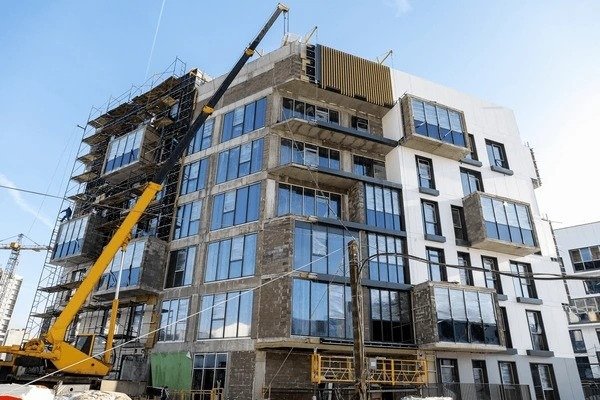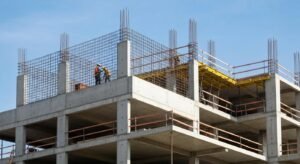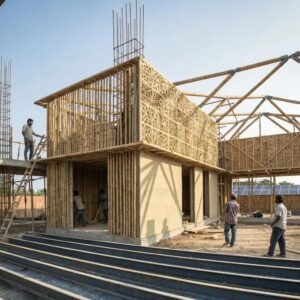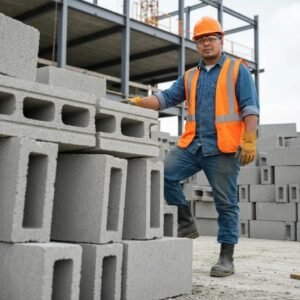Crafting Houston's Commercial Spaces with Modern Design
The commercial construction industry is undergoing a significant transformation driven by evolving market demands and technological advancements. In the Houston area, where rapid urban growth and diverse commercial projects are shaping the skyline, companies like RJT Construction, a reputable general contractor, are at the forefront, delivering high-quality, innovative solutions. As a trusted commercial construction firm, RJT Construction emphasizes sustainable practices, incorporating eco-friendly materials and energy-efficient designs to meet the increasing demand for green buildings.
Alongside sustainability, innovative design approaches and cutting-edge construction management software enable enhanced project schedules and superior client satisfaction. These trends not only improve the quality of commercial real estate and corporate offices but also contribute to healthier, more productive industrial facilities. By staying ahead of these developments, RJT Construction demonstrates an unwavering commitment to excellence and client-focused service in the competitive commercial construction sector, which has been recognized through numerous awards.
Key Trends Shaping the Commercial Construction Sector
Emphasis on Sustainability and Eco-Friendly Materials in Commercial Construction
Sustainability has become a cornerstone in modern commercial construction, with eco-friendly materials and green building practices setting new industry standards. Commercial real estate projects increasingly prioritize energy efficiency and reduced environmental impact, benefiting corporate offices and industrial facilities alike. By integrating sustainable solutions, builders contribute to long-term operational savings and improved occupant well-being, making sustainability not just an ethical choice but a practical business advantage.
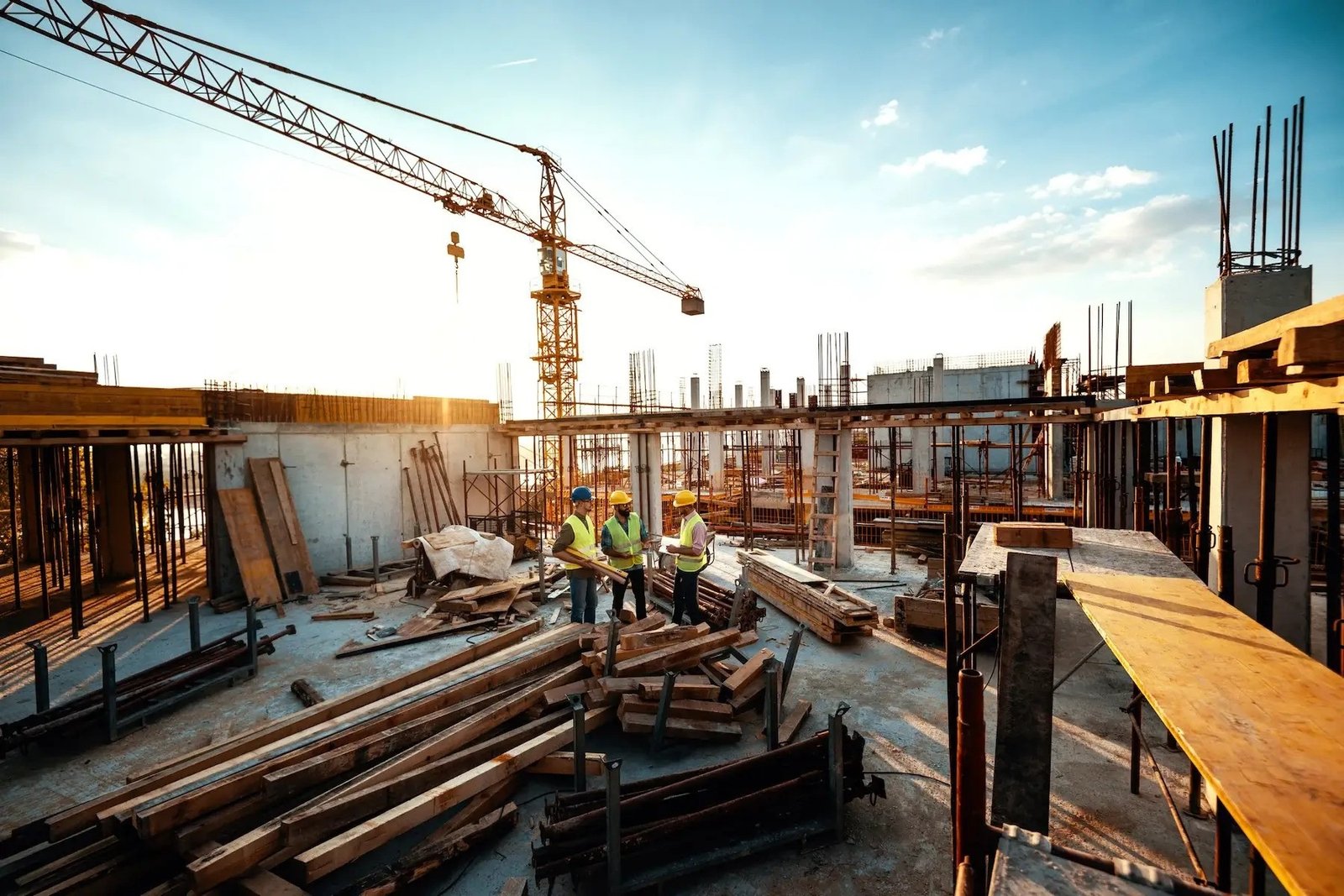
Integration of Advanced Technology and Construction Management Software
Advanced technologies such as Building Information Modeling (BIM) are revolutionizing commercial construction projects. BIM facilitates precise planning and collaboration, streamlining construction schedules and reducing errors. Additionally, innovative construction management software tools enhance project oversight and resource allocation, increasing efficiency across various commercial construction services.
These digital advancements empower commercial builders to deliver projects on time and within budget, elevating overall client satisfaction and competitiveness in the construction industry.
Focus on Flexible and Multipurpose Commercial Spaces
Modern commercial buildings increasingly incorporate flexible and multipurpose designs to meet diverse tenant needs and evolving market demands. Adaptable layouts enhance the usability of commercial spaces for commercial use, supporting a wide range of functions in educational facilities, healthcare facilities, and corporate offices. This versatility drives higher occupancy rates and improved client satisfaction by enabling commercial construction companies to deliver spaces that grow and change with businesses.
Designing for Health, Well-being, and Enhanced Safety Protocols
Designing commercial buildings with health and well-being in mind is a growing priority, especially in advanced healthcare facilities. In Houston, commercial roofing companies incorporate durable, safety-enhanced materials that protect occupants and extend building life. These safety protocols are vital across the commercial construction sector, ensuring buildings meet rigorous standards while supporting occupant comfort. RJT Construction emphasizes these practices within its wide range of services, helping clients create healthier, safer environments for employees and visitors alike.
Implementation of Smart Building Technologies and Innovative Design
Smart building technologies are transforming commercial projects by integrating IoT devices and automated systems. These innovations enable real-time monitoring and control of energy consumption, enhancing operational efficiency in industrial facilities and corporate offices. Such technologies contribute to sustainable practices and reduce operational costs. Commercial construction companies in Houston leverage these advances to deliver innovative designs that improve building performance, aligning with industry standards and client expectations.
Incorporation of Local Art, Culture, and Community-Oriented Development
Incorporating local art and cultural elements into commercial building designs fosters community connection and enhances corporate office appeal. Projects like Texas Children’s Hospital and Dickies Arena in Fort Worth exemplify how community-oriented development can increase public satisfaction and brand reputation. RJT Construction embraces this trend by collaborating with local artists and stakeholders, ensuring their commercial spaces reflect Houston’s vibrant culture and support broader community goals.
Trends in Exterior Façade Materials and Aesthetic Innovations
The commercial construction sector increasingly uses cutting-edge façade materials and techniques to elevate building aesthetics and performance. Innovative cladding, glass technologies, and sustainable finishes not only enhance curb appeal but also contribute to energy efficiency. Leading commercial construction companies incorporate these advancements to boost commercial real estate value and ensure projects stand out in competitive markets.
Commitment to Strong Family Values and Team Approach in Construction Firms
RJT Construction prides itself on an unwavering commitment to strong family values and a collaborative team approach. This foundation fosters trust, open communication, and accountability among team members, directly enhancing client satisfaction. Adhering to industry standards and prioritizing teamwork allows RJT Construction to deliver high-quality projects while maintaining long-term client relationships in the Houston commercial construction industry.
Maximizing Space and Efficiency in Houston Commercial Construction
Innovative Layouts and Design for Maximum Utilization in Commercial Spaces
Maximizing square foot usage is essential in today’s competitive commercial real estate market. Houston commercial construction projects increasingly adopt innovative layout strategies that optimize space in corporate offices and commercial buildings. Techniques such as open-plan designs, movable partitions, and multipurpose rooms allow businesses to adapt spaces quickly to changing needs. This approach not only improves space efficiency but also enhances employee productivity and satisfaction.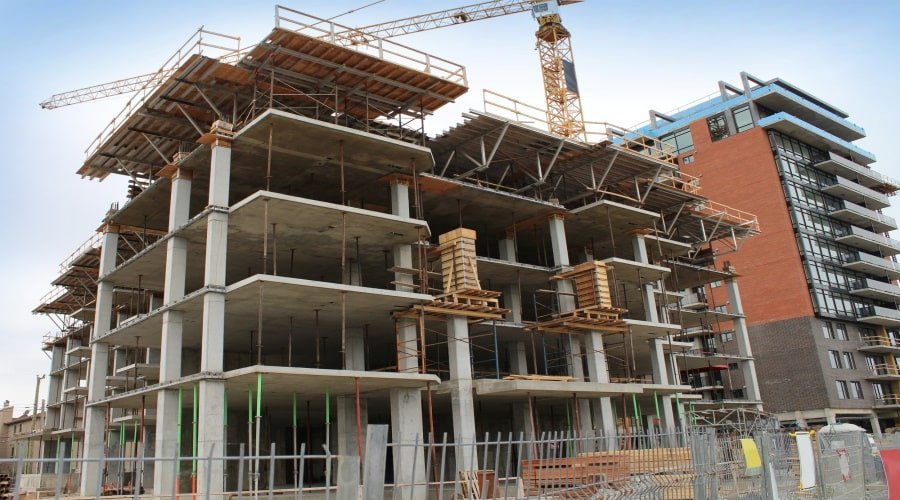
Commercial construction firms like RJT Construction prioritize these design solutions to meet client expectations, ensuring commercial spaces deliver maximum functionality without sacrificing aesthetics. Efficient use of space leads to higher occupancy rates and better returns on investment, solidifying the value of construction projects in Houston’s dynamic commercial construction sector.
Techniques for Enhancing Energy Efficiency and Sustainable Construction Services
Energy efficiency remains a top priority for Houston commercial construction companies, including those specializing in commercial roofing and industrial facilities. Techniques such as installing high-performance insulation, energy-efficient HVAC systems, and reflective roofing materials reduce energy consumption and operational costs. Construction management software plays a vital role by enabling real-time monitoring of energy use and streamlining maintenance scheduling. Innovative solutions like solar panel integration and smart lighting systems further promote sustainable practices.
RJT Construction incorporates these energy-saving methods within its wide range of construction services, helping clients achieve sustainability goals while maintaining compliance with industry standards and enhancing overall building performance.
The Role of Technology and Project Management in Modern Commercial Construction Firms
The Impact of BIM and Advanced Construction Management Software
Building Information Modeling (BIM) has revolutionized commercial construction by providing highly detailed digital representations of projects. BIM facilitates enhanced accuracy, collaboration, and coordination among commercial builders, reducing costly errors and rework. In Houston’s commercial construction industry, BIM supports improved project scheduling, resource management, and compliance with safety regulations.
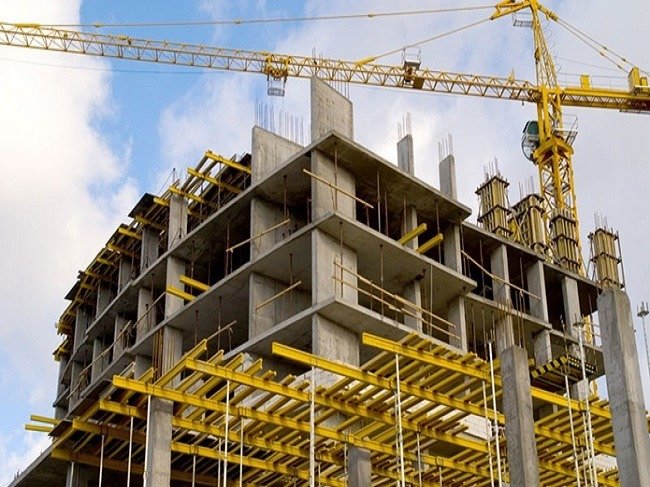
Coupled with advanced construction management software, it offers real-time updates and analytics that help teams stay on track and meet deadlines. These technologies improve project transparency and quality, allowing firms like RJT Construction to deliver superior commercial construction projects that meet or exceed client expectations.
Technology-Driven Client Satisfaction and Innovative Approach in Commercial Construction Firms
The integration of technology enhances communication and teamwork within construction firms, leading to higher client satisfaction. Tools such as cloud-based collaboration platforms and mobile project management apps enable seamless information sharing between stakeholders and on-site teams.
In Houston’s competitive market, firms that adopt an innovative approach—leveraging technology to optimize workflows and problem-solving—stand out. RJT Construction’s focus on technology-driven solutions ensures efficient project delivery and fosters strong client relationships, reinforcing its reputation as a trusted commercial construction firm committed to excellence and innovation.
Staying Ahead in the Commercial Construction Industry
The commercial construction industry in Houston, in the state of Texas, continues to evolve with trends emphasizing sustainability, innovative design, and advanced technology. Firms like RJT Construction remain committed to adopting these trends, delivering projects that prioritize client satisfaction, energy efficiency, and space optimization. By integrating cutting-edge construction management tools and sustainable practices, RJT Construction ensures it stays competitive while contributing positively to Houston’s commercial real estate landscape.
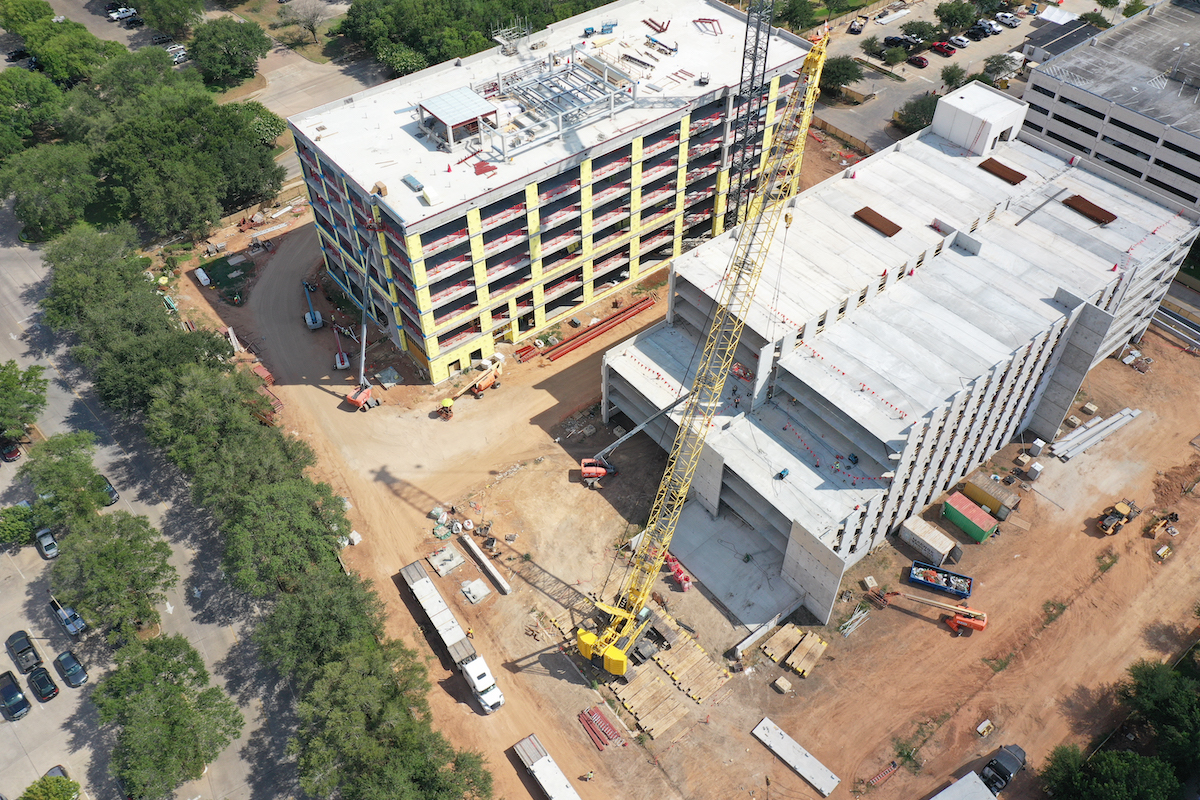
What are the key factors driving modern commercial building trends?
Modern commercial building trends are driven by increasing demands for sustainability, cost-efficiency, and enhanced occupant well-being. Regulatory standards and client expectations push for eco-friendly materials and energy-efficient designs. Additionally, rapid urban growth and evolving business needs encourage flexible, multipurpose spaces. Advances in technology and construction management further influence design innovation and project execution.
How is technology shaping the future of commercial construction?
Technology, including Building Information Modeling (BIM), IoT, and advanced construction management software, is transforming commercial construction by improving accuracy, collaboration, and efficiency. These tools enable real-time project monitoring, reduce errors, and optimize resource allocation. Smart building systems enhance operational control, energy efficiency, and maintenance, shaping a future of more sustainable and responsive commercial buildings.
What are the benefits of incorporating eco-friendly materials?
Eco-friendly materials reduce environmental impact and operational costs while improving indoor air quality and occupant health. They support sustainable building certifications and attract environmentally conscious tenants. Incorporating these materials also enhances a building’s market value and aligns with corporate social responsibility goals, making commercial properties more competitive and future-proof.
How can businesses benefit from flexible and multipurpose spaces?
Flexible and multipurpose spaces allow businesses to adapt quickly to changing operational needs, support diverse activities, and maximize space utilization. This adaptability improves employee productivity, lowers renovation costs, and increases tenant satisfaction. Such spaces are especially valuable in commercial offices, educational, and healthcare facilities, enabling efficient use of commercial real estate and better returns on investment.

